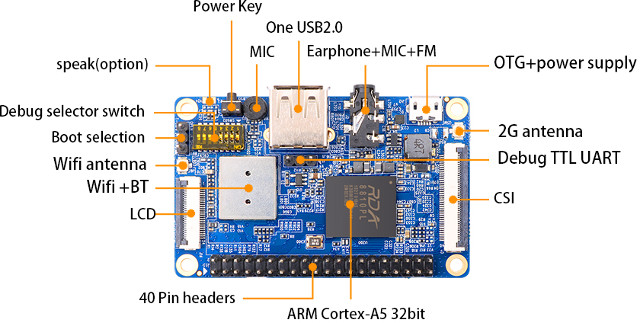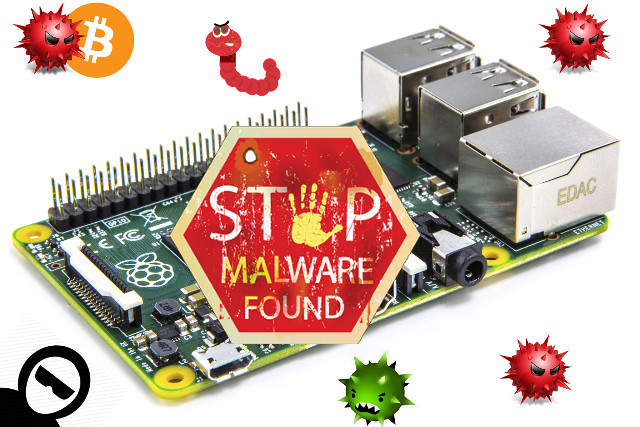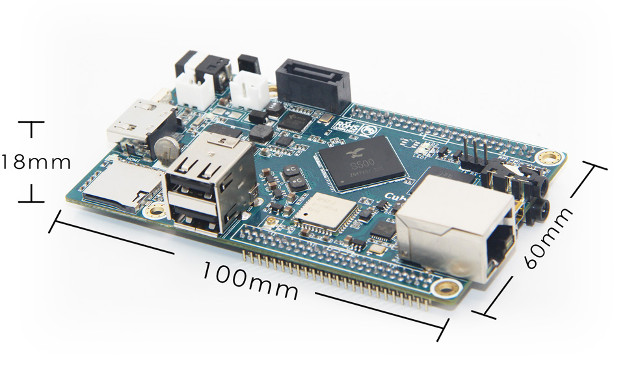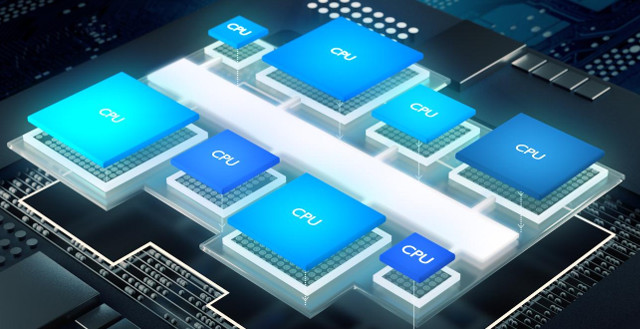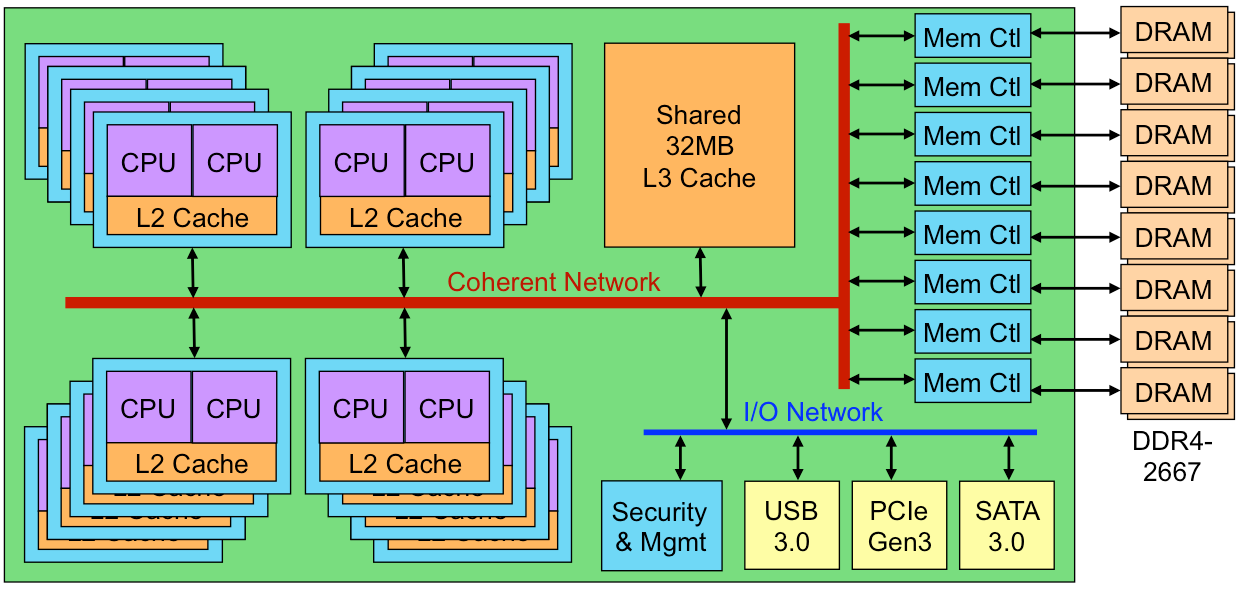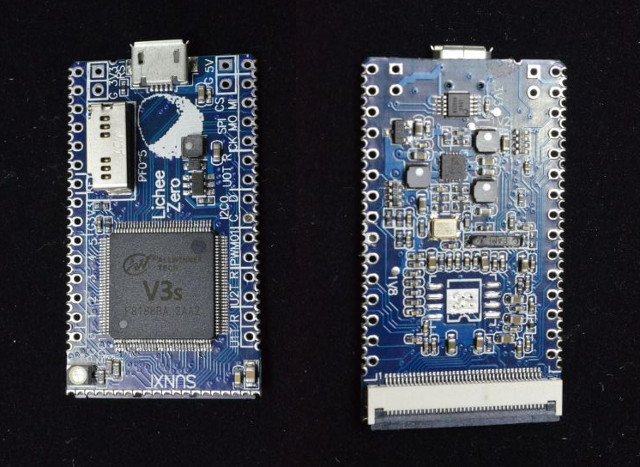GPU compute promises to deliver much better performance compared to CPU compute for application such a computer vision and machine learning, but the problem is that many developers may not have the right skills or time to leverage APIs such as OpenCL. So ARM decided to write their own ARM Compute library and has now released it under an MIT license. The functions found in the library include: Basic arithmetic, mathematical, and binary operator functions Color manipulation (conversion, channel extraction, and more) Convolution filters (Sobel, Gaussian, and more) Canny Edge, Harris corners, optical flow, and more Pyramids (such as Laplacians) HOG (Histogram of Oriented Gradients) SVM (Support Vector Machines) H/SGEMM (Half and Single precision General Matrix Multiply) Convolutional Neural Networks building blocks (Activation, Convolution, Fully connected, Locally connected, Normalization, Pooling, Soft-max) The library works on Linux, Android or bare metal on armv7a (32bit) or arm64-v8a (64bit) architecture, and makes use […]
Orange Pi 2G-IoT ARM Linux Development Board with 2G/GSM Support is Up for Sale for $9.90
Orange Pi 2G-IoT was unveiled at the start of the year as an ultra cheap ($10) Linux development board with 2G cellular connectivity. The board has just launched for $9.90 + shipping on Aliexpress. Orange Pi 2G-IoT specifications have changed a little since the initial announced as WiFi is confirmed to be supported: SoC – RDA Micro 8810PL ARM Cortex A5 processor @ up to 1.0 GHz with 2Gbit (256 MB) on-chip LPDDR2 RAM, 4Gbit (512 MB) on-chip SLC NAND flash , 256KB L2 cache, Vivante GC860 3D GPU, and GSM/GPRS/EDGE Modem (Download datasheet) External Storage – micro SD slot Display I/F – LCD connector up to qHD resolution Video – Decoding up to 1080p30, encoding up to 1080p30 H.264 Audio I/F – 3.5mm audio +FM jack, built-in microphone? Connectivity – WiFi 802.11 b/g/n + Bluetooth 2.1/EDR module (RDA5991), and 2G GSM/GPRS/EDGE module with SIM card slot Camera – MIPI […]
FalconGate Open Source Anti-Hackers Smart Gateway Runs on Raspberry Pi, Banana Pi, and other ARM Debian Boards
Everyday we can read stories about password database hacking, malware, ransomware, and so on, and companies can try to protect themselves by paying professionals that do a more or less good jobs, but individuals can’t afford professional service, so it is harder to protect oneself. One solution is to educate yourself as much as possible, but everybody has the time and/or skills to do it, so developers have worked on FalconGate open source smart gateway that’s supposed to protect home devices against hackers, and alerts the user in case of intrusions on your home network, or devices misbehaving. FalconGate is said to be able to: Block several types of Malware based on open source blacklists Block Malware using the Tor network Detect and report potential Malware DNS requests based on VirusTotal reports Detect and report the presence of Malware executables and other components based on VirusTotal reports Detect and report […]
CubieBoard6 Development Board Powered by Actions Semi S500 Processor Comes with SATA, LiPo Battery Support
CubieTech launched Cubieboard with Allwinner A10 processor in 2012, and while they may not be as popular as some other boards like Raspberry Pi, ODROID, or Orange Pi boards in 2017, the company is still around after around 5 years, and their latest board is Cubieboard6 powered by Action Semi S500 quad core Cortex A9 processor with 2GB RAM, 8GB flash, HDMI, wired & wireless connectivity, SATA, battery support and more. Cubieboard6 specifications: SoC – Actions Semi S500 quad core ARM Cortex-A9 processor with Imagination PowerVR SGX544 GPU System Memory – 2GB LPDDR3 Storage 8GB eMMC flash SATA 3.0 port for 2.5″ HDD/SSD up to 4TB micro SD card slot up to 32GB Video Output – HDMI 1.4b up to 1080p60 Audio I/O – Via HDMI output, 3.5mm audio output (HP) jack, 3.5mm audio input (MIC) jack Connectivity – 10/100M Ethernet, 802.11 b/g/n WiFi, Bluetooth 4.0 LE (AP6212) with u.FL […]
ARM DynamIQ Improves on big.LITTLE Technology, Supports Up to 8 Heterogeneous Cores in a Single Cluster
ARM unveiled big.LITTLE technology in 2011 which consisted of clusters of low power cores such as Cortex A7 or A53, and high performance cores such as Cortex A15 or A72, with the system assigning tasks to the best processor for the job in order to optimize battery life. big.LITTLE supports up to 4 cores per cluster, and you can mix different types of cores within a single cluster. ARM DynamIQ changes all that as up to 8 cores are supported within one cluster, and you can mix low power and high performance cores within a given cluster. ARM DynamIQ multicore microarchitecture will be available for all new ARM Cortex-A processors starting this year, and targets automotive, networking, server, and primary compute devices. ARM claims it’s especially advantageous for artificial intelligence due to better performance, and autonomous driving due to increased safety, and it allows for much faster response from accelerators. […]
MACOM X-Gene 3 Server-on-Chip is Equipped with 32 64-bit ARM Cores Clocked at 3.0 GHz
MACOM, having recently completed the acquisition of AppliedMicro, has now announced sampling of X-Gene 3 Server-on-a-Chip (SoC) with 16-nanometer FinFET process technology. X-Gene 3 features 32-core ARMv8 cores clocked at up to 3.0 GHz, 8 DDR4 channels, 42 PCIe Gen 3 lanes, SATA 3.0 and USB 3.0. X-Gene 3 SoC key features and specifications CPU – 32x 64-bit ARMv8 cores @ up to 3.0 GHZ (base freq.) / 3.3 GHz (turbo freq.) Cache – 32MB L3 cache Memory IF – 8x DDR4-2667 channels with ECC and RAS supporting up to 16DIMMs for up to 1TB RAM Storage – SATA 3.0 interfaces 42x PCIe Gen 3 lanes with 8x controllers USB 3.0 interfaces Max. TDP – 125 Watts (Expected) Process – 16nm FinFET TSMC X-Gene 3 is said to offer 4 to 6 better performance compared to X-Gene 2, and match “comparable x86 processors in CPU throughput, per-thread performance and power […]
$6 LicheePi Zero ARM Board Runs Linux 4.10, Supports Lots of Add-On Boards (Crowdfunding)
We’ve already covered LicheePi One board powered by Allwinner A13 processor, but it was not for sale out of China, and the developers are now back with LicheePi Zero board/module, slightly bigger than an SD card, featuring Allwinner V3s processor, and offered for as low as $6, or $8 with WiFi via an Indiegogo campaign. LicheePi Zero specifications: SoC – Allwinner V3s ARM Cortex A7 processor @ up to 1.2 GHz with an ARM Mali-400 GPU, 512Mbit (64MB) DDR2 on-chip Storage – micro SD card slot, SPI flash (not 100% clear if it will be populated when shipped to backers) Display – FPC40 RGB Connector with support for 800×480 RGB LCD Audio – Audio codec USB – micro USB OTG port Expansion 2x 15 headers with 2.54mm pitch, breadboard friendly with GPIOs, 2x UART, 1x SPI, 2x I2C,ADC, 1x PWM 2x 30 half-holes with 1.27mm pitch with OTG USB,MIPI CSI,EPHY,RGB […]
System76 Starling Pro ARM Server Powered by 2 Cavium ThunderX 64-bit Processors Sells for $6400 and Up
64-bit ARM servers are starting to show up more and more for sale, and after servers such as Softiron Overdrive 1000, Avantek H270-T70, and Gigabyte MP30-AR0, System76, a company selling only Ubuntu powered computers and servers, has launched Startling Pro ARM server equipped with two Cavium ThunderX_CP 48-core processors, and a choice of two operating systems: Ubuntu 16.04.2 LTS 64-bit or Ubuntu 16.10 64-bit. System76 Starling Pro ARM “stap1” server specifications: Processor – 2× Cavium ThunderX_CP 48 core 64-bit ARMv8 processor @ up to 2.5 GHz (96 cores in total) System Memory – Up to 1024 GB quad-channel registered ECC DDR4 @ 2400MHz Storage – Up to 4x 3.5″ drives, 32 TB in total Video Output – VGA port Virtualization – ARM Virtualization Host Extensions Networking – 3x 40-Gigabit QSFP+ (Quad Small Form-factor Pluggable+), 4x 10 Gigabit SFP+, 1x Gigabit Ethernet (RJ45) Expansion – 1x PCI Express x16 (Gen3 x8) […]



